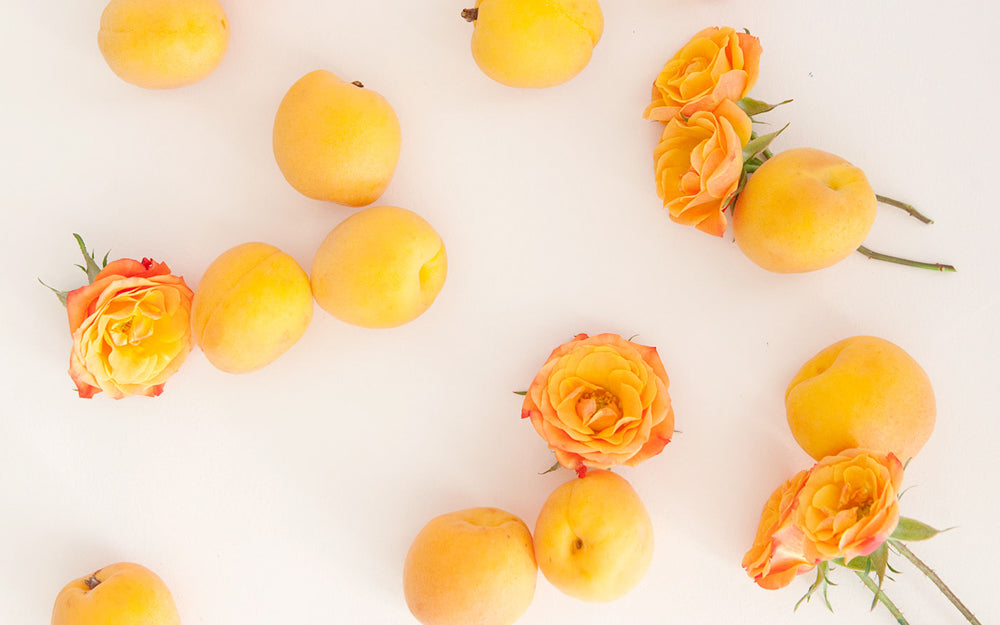peach jam & mini scone ice cream sliders

Though it’s tempting to jump right into the excitement of autumn, with its cozy sweaters, chilly breezes, and warm spices, here at KATB were savouring these last few dog days of summer, as I am sure we will find ourselves knee-deep in snow in a blink of an eye!
Continue reading


















